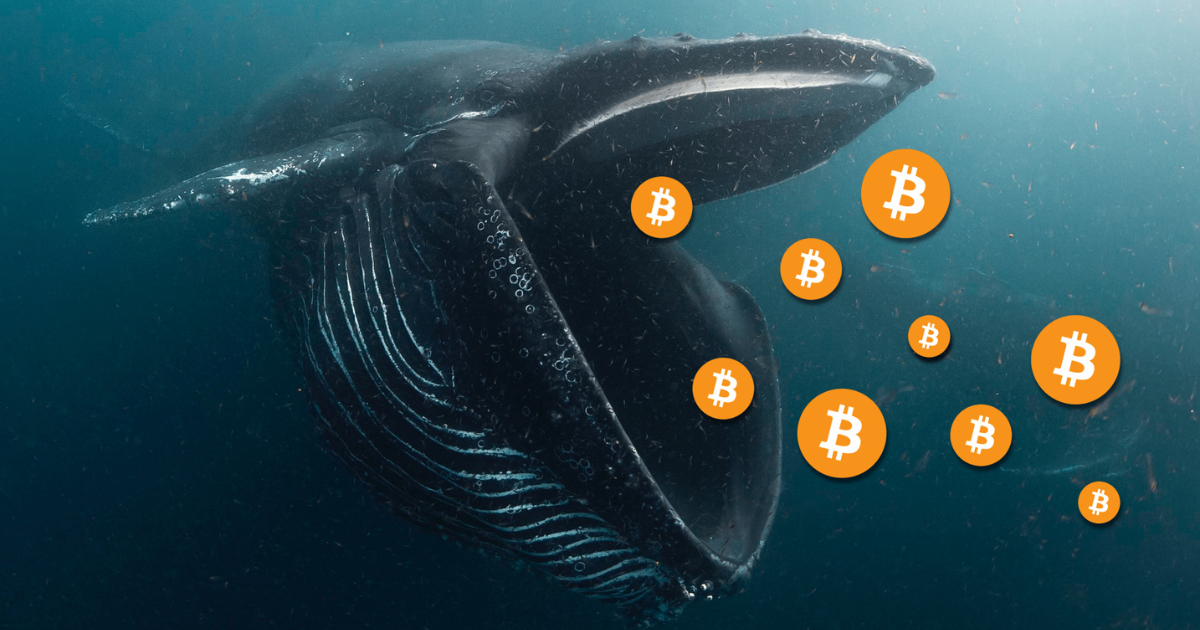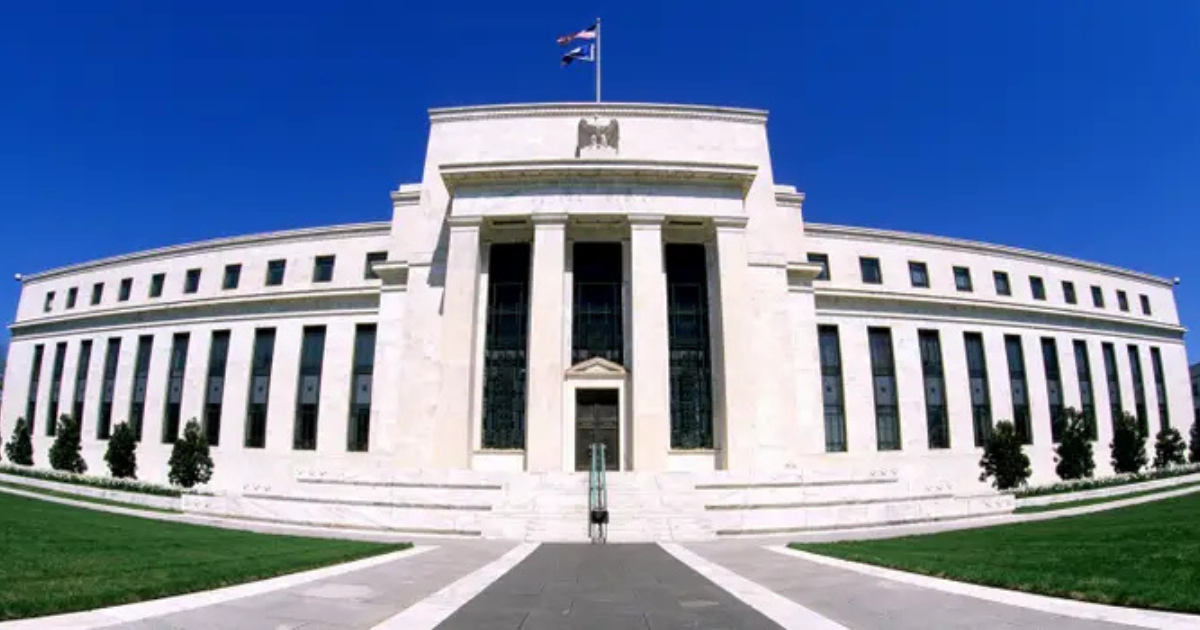After over a decade, Bitcoin Whales from the early ‘Satoshi era’ have finally awoken. Just before a key Federal Reserve rate decision, they executed a major transaction, an aggregate of $325 million.
Since 2013 the two wallets have not been active. The reappearance of the site has caused both the large sums of money moved and the timing to attract attention.
Key-Takeaways:
- An apparently dormant wallet springs to life of its own volition, spending an enormous sum on a big day driving interest rate speculation.
- Whales keep popping, such as MicroStrategy, causing a 160% increase in corporate holdings, projected to invest \$330B over five years.
Decade-Long Dormancy Ends with Massive Transfers

According to Spot On Chain, the first Bitcoin Whale moved 2,343 Bitcoins, or around $222.2 million, to a new wallet. The coins had been untouched for 10.5 years when this was done.
From the on-chain data, the whale bought 2,187 BTC in July 2013 for only $185,850. The total acquisition cost was roughly $85 per coin, which was mind boggling good on the return of investment.
What this transaction highlights, highlighting the crisis of poor change of address, is how much wealth early Bitcoin adopters are seeing. Those who bought Bitcoin at such low prices are laughing all the way to the bank.
At the same time, a second Bitcoin Whale wallet had been reactivated after 11 over years. A wallet holding 1,079 BTC, about $102.5 million moved, sent 1,079 BTC to a new address.
This investor bought their Bitcoin too in the middle of 2013, sinking around $91,713. The return was remarkable since the price per coin was also similar.
Clearly, patience has been the way to go with these Bitcoin Whales as it has paid off with returns of over 119,000%. Modest investments that began have grown to become nine figure fortunes.
Strategic Timing Ahead of Federal Reserve Decision

Considering the timing of these Bitcoin Whale movements, it happens precisely a few days before the Federal Reserve’s interest rate decision on 7th May 2025. Intelligence analysts say these big transactions might simply be part of a longer positioning ahead of the potential volatility that may result from the Fed announcement.
The Federal Reserve is anticipated to keep the current interest rate range, currently 4.25% to 4.50%. Cautious too, it ties into the economic uncertainty and effects of recent U.S. tariff policies.
After pulling back Wednesday to a peak of $97,700 on May 2, bitcoin has been trading in a narrow range between $94,000 and $95,000. Speculation on the future movements of the market has sparked on the basis of this period of consolidation.
Coinciding with the confusing state of the exchange, the sudden activity from long sleeping Bitcoin Whales adds to the mix. This speculation only gets fueled more due to large holders making strategic moves before market moving events.
Contrary to what most people believe, cryptocurrency prices move in a ripple effect with the Federal Reserve’s interest rate decisions. The next move for Bitcoin may be influenced by liquidity and risk appetite changes as a result of rate changes.
Profitable Position of Most Bitcoin Holders
More insight in the environment of these Bitcoin Whales can be found from on-chain data. Glassnode analyzed that at present, 88 percent of Bitcoin’s circulating supply is in profit, boasting incredible performance in the past year.
88% of #Bitcoin supply remains in profit, with losses concentrated among buyers from the $95k–$100k range. This metric also rebounded from its long-term mean, indicating a broad reset of investor expectations without widespread capitulation. pic.twitter.com/fL2oDrP0BR
— glassnode (@glassnode) May 5, 2025
The biggest unrealised losses accrue to those who bought Bitcoin between $95,000 and $100,000. This compares with the upper levels of its recent price action.
The market clearly may be one of many highly profitable, but there are a few questions extending to whether more Bitcoin Whales are in the process of locking in profits. These whales might have held these positions for a year or even a decade, and they may feel now is the time to cash out.
The market dynamics may be influenced by the psychology of long-term holders. In the event that large portions of dormant supply are liquidated, increased selling pressure may be added to the price if Bitcoin Whales decide to cash out well over substantial profits.
Although individual Bitcoin Whales news with their huge transactions make headlines, institutional adoption is continuously building. According to recent research by Bernstein, public companies are in a position to pump as much as $330 billion of Bitcoin into the market over the next five years.
JUST IN: Bernstein Research forecasts $330B in corporate #Bitcoin inflows by 2029.
➤ $205B from public companies
➤ $124B from @Strategy in bull caseFor cash-rich, low-growth firms, #Bitcoin offers a bold but high-conviction path to value creation. pic.twitter.com/gQwEN5qeAL
— Bitcoin For Corporations (@BitcoinForCorps) May 5, 2025
More recently, it reflects the growing appeal of Bitcoin as a treasury asset. Michael Saylor leadership is a model followed by companies.
It means that Bitcoin is being pushed into the corporate financial framework. However, as this trend continues, Bitcoin’s function in standard financial markets could increase.
Corporate Bitcoin holdings since late 2023 have jumped by 160% and are mostly being fueled by MicroStrategy’s aggressive strategy. Now, the firm holds about 555,450 BTC, which is equal to about 2.6% of the capped 21 million supply of Bitcoin.
In order to fund the acquisitions, MicroStrategy has used equity offerings and bond issuances and has utilized cash reserves. In its new ’42/42′ initiative, Bitcoin is targeting $84 billion in Bitcoin holdings.
Conclusion
Even now that Bitcoin whales, both corporate and individual, can have a huge influence on the landscape of the market through their main office holdings and moves, the price action and investor get away from the digital gold as Bitcoin trades close to foundation highs in a marketplace where economic stability and monetary policy remain tough to predict.












